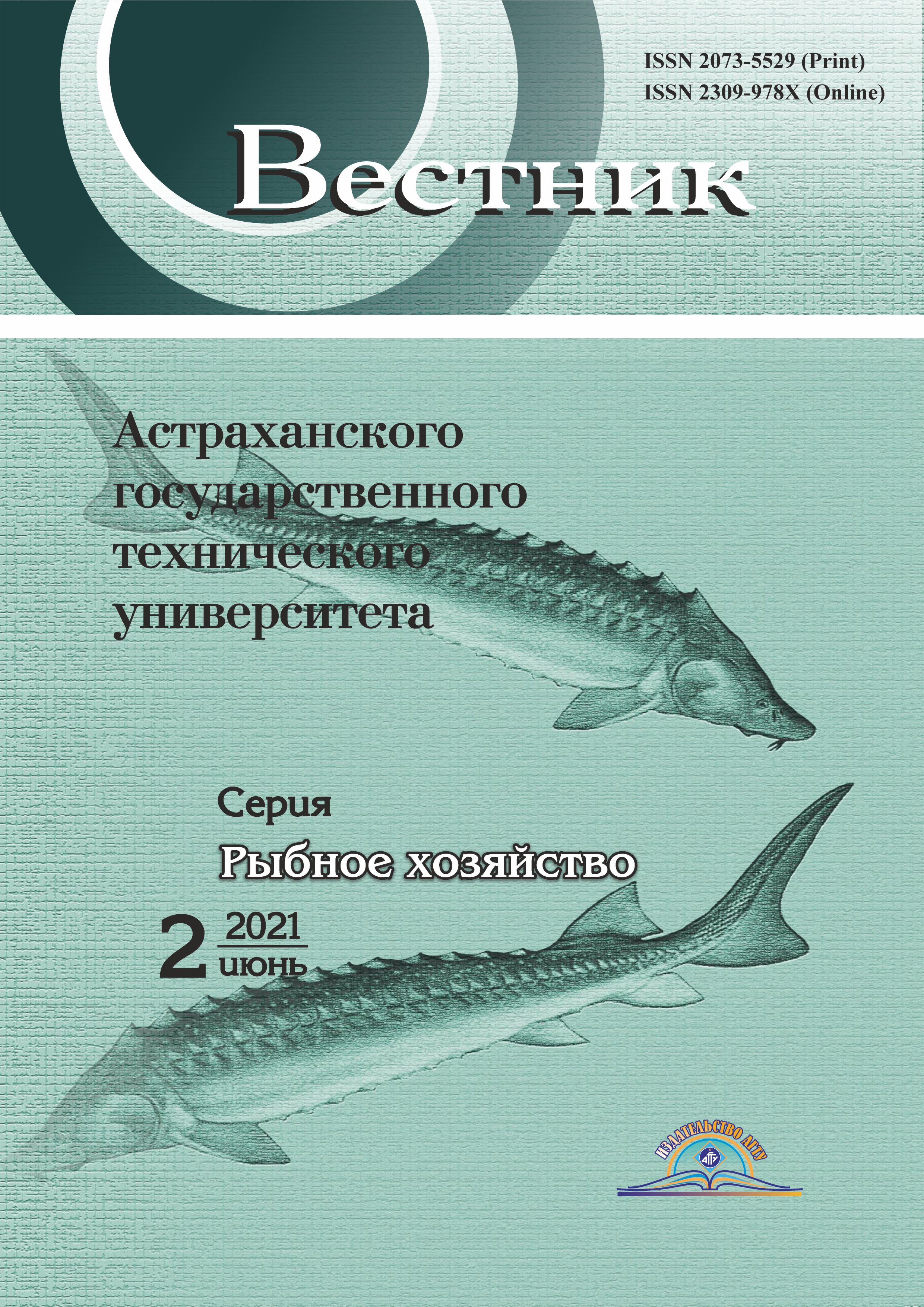The article deals with the problems of regulating commercial fishing in the water bodies of Kazakhstan. Analysis of data on fishing in large reservoirs of the Republic of Kazakhstan shows that along with natural changes in the fish stocks (when the water level in the reservoir decreases), the fishing intensity makes the greatest impact on the state of fish stocks. Today a pre-existing limiter as the fishing regime (the number of fishing gear and fishermen) completely has fallen out of the fishing control mechanisms. According to some reports, the catch of fish with fishing gear available to fishermen, increases the established limits by 1.5–2 times. Thus, the possible catch significantly exceeds the registered (official) catch. It is proposed to use the regulation of the fishing regime (the number of fishing gear, fishing vessels, fishermen) as a measure that determines the limits of safe effort and to limit unrecorded fishing on water bodies. The number of fishermen in the pond should not only meet the criteria for safe effort, but also allow fishing organizations to conduct profitable fishing. The calculation of the maximum allowable number of fishing performance indicators (limit reference points of fishing effort) are given.
fishing, fishery, intensity, water objects, limits of fishing effort, fishing gear
1. Code of Conduct for Responsible Fisheries. Special Edition. Rome, FAO, 2011. Available at: http://www.fao.org/3/i1900e/i1900e00.htm (accessed: 12.03.2021).
2. Aquaculture development. 4. Ecosystem approach to aquaculture. FAO Technical Guidelines for Responsible Fisheries, 2010, no. 5, suppl. 4, 53 p.
3. Agnew D. J., Pearce J., Pramod G., Peatman T., Watson R., Beddington J. R., Pitcher T. J. Estimating the Worldwide Extent of Illegal Fishing. PloS ONE, 2009, no. 4 (2), e4570.
4. Arnason R. Minimum Information Management in Fisheries. Canadian Journal of Economics, 1990, no. 23 (3), pp. 630-653.
5. Brooks N. H., Koh R. Selective withdrawal from density-stratified reservoir. J. Hydraul. Div. Am. Soc. Div. Eng., 1969, iss. 95 (HY 4), p. 1369.
6. Cochrane K. L. A fishery manager’s guidebook. Management measures and their application. FAO Fisheries Technical Paper, 2002, no. 424, 231 p.
7. Evans D. O., Waring R. Changes in the multispecies, winter angling fishery of Lake Simcoe, Ontario, 1961-83: Invasion bu rainbow smelt, Osmerus mordax, and the role of intra- and interspecific interactions. San. J. Fish. Aquat. Sci., 1987, vol. 44, suppl. 2, pp. 182-197.
8. Fowler Ch. W. Management of multi-species fisheries: from overfishing to sustainability. ICES Journal of Mar. Sci., 1999, no. 56, pp. 927-932.
9. Gabriel W. L., Sissenwine M. P., Overholtz W. J. Analysis of spawning stock biomass per recruit: an example for Georges Bank haddock. North American Journal of Fisheries Management, 1989, no. 9, pp. 383-391.
10. Jackson J. B. C. Historical overfishing and the recent collapse of coastal ecosystems. Science, 2001, iss. 293, pp. 1589-1591.
11. Penha J., Lemes Landeiro V., Ortega J. C. G., Mateus L. Interchange between flooding and drying, and spatial connectivity control the fish metacommunity structure in lakes of the Pantanal wetland. Hydrobiologia, 2017, iss. 797 (1), pp. 115.
12. Kura Y., Revenga C., Hoshino E., Mock G. Fishing for Answers: Making Sense of the Global Fish Crisis. Washington (DC), World Resources Institute, 2004. 140 p.
13. Mau R. M., Beddington J. R., Clark C. W. et al. Management of multispecies fisheries. Science, 1979, vol. 205 (4403), pp. 267-277.
14. Murawski S. Definitions of overfishing from an ecosystems perspective. ICES Journal of Marine Science, 2000, iss. 57, pp. 649-658.
15. Overfishing. National Geographic, 2010, 2010.04.27. Available at: https://www.nationalgeographic.com/environment/article/critical-issues-overfishing (accessed: 12.03.2021).
16. Funge-Smith S. The economic value of inland fisheries. Rewiew of the state of the world fishery resources: inland fisheries. FAO Fisheries and Aquaqulture Circular. Rome, FAO, 2018. FIPS/C942, rev. 3 (En). 397 p.
17. Welcomme R. Rewiew of the state of the world fishery resources: inland fisheries. FAO Fisheries and Aquaqulture Circular. Rome, FAO, 2011. FIRF/C942, rev. 2 (En). 378 p.
18. Kulikov E. V., Isbekov K. B., Asylbekova S. Zh. Upravlenie rybnymi resursami v vodoemakh Kazakhstana: kurs na sobliudenie mezhdunarodnykh printsipov otvetstvennogo rybolovstva [Management of fish resources in water bodies of Kazakhstan: course towards compliance with international principles of responsible fisheries]. Rybnoe khoziaistvo, 2017, no. 1, pp. 37-44.
19. Stock assessment for fishery management. A framework guide to the stock assessment tools of the Fisheries Management Science Programme. FAO Fisheries Technical Paper, 2006, no. 487, 263 p.
20. Pravdin I. F. Rukovodstvo po izucheniiu ryb [Fish study guide]. Moscow, Pishchevaia promyshlennost' Publ., 1966. 376 p.
















